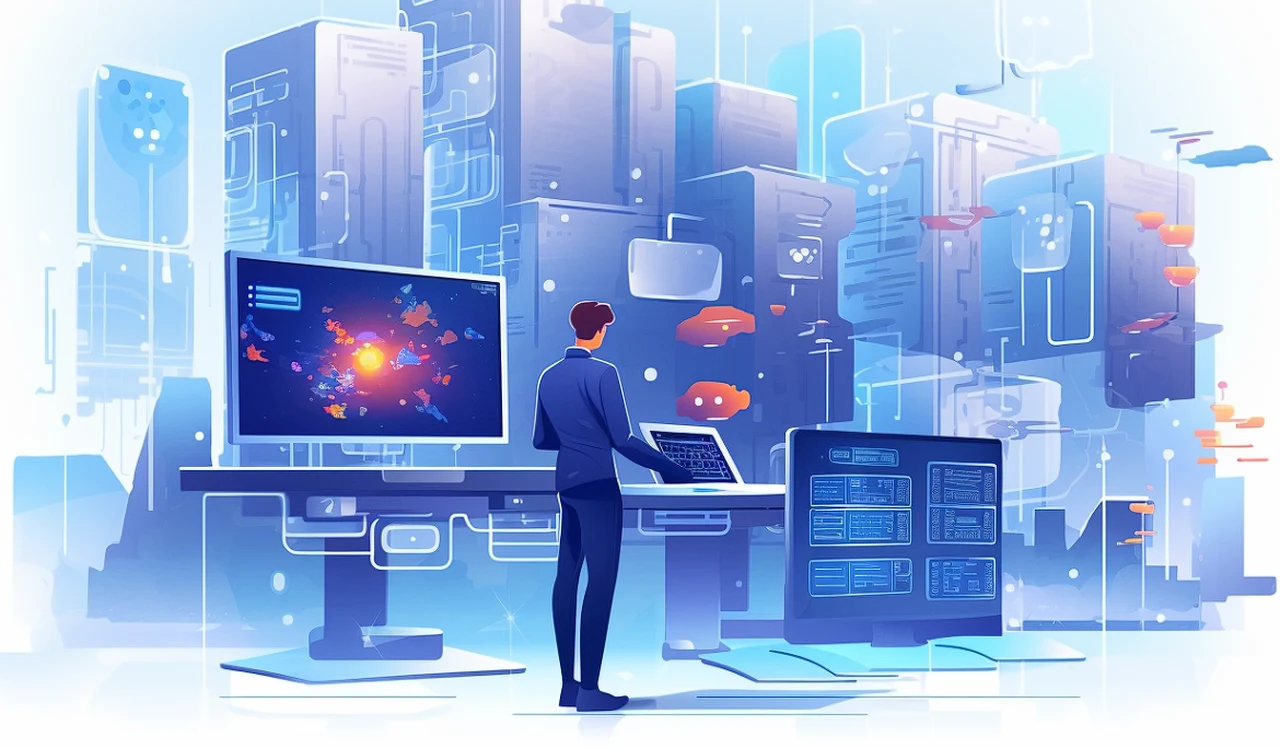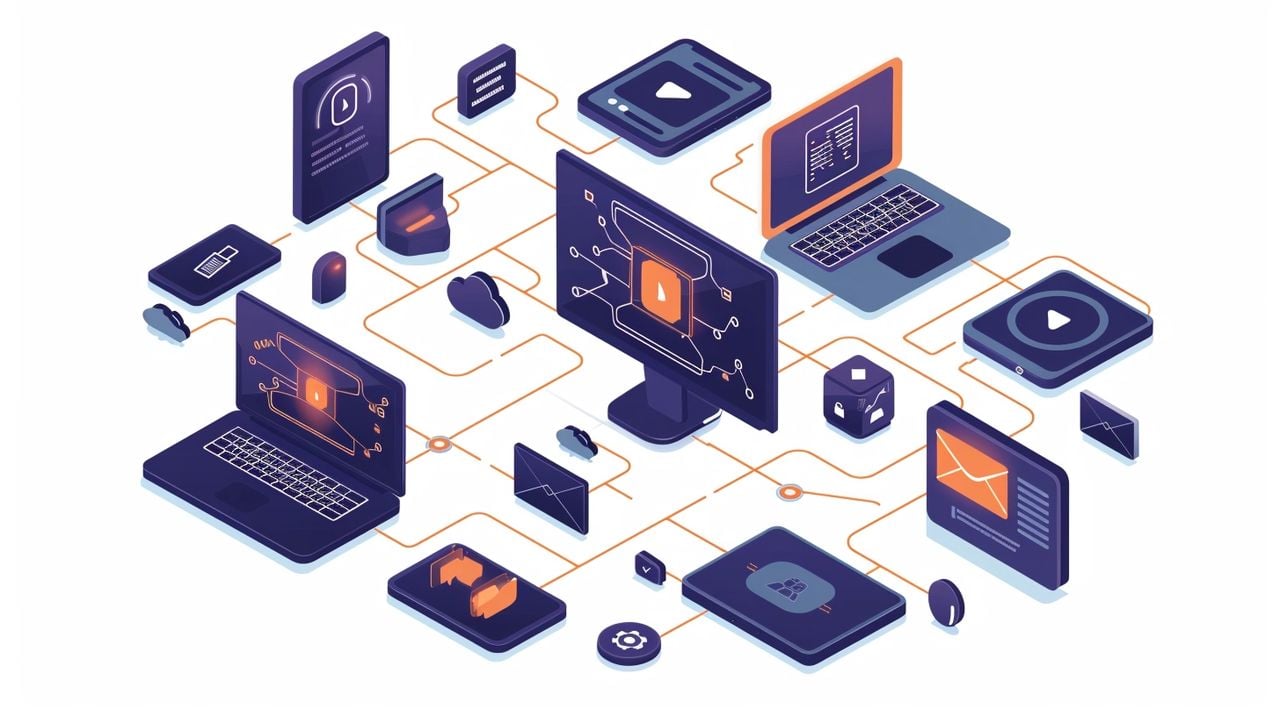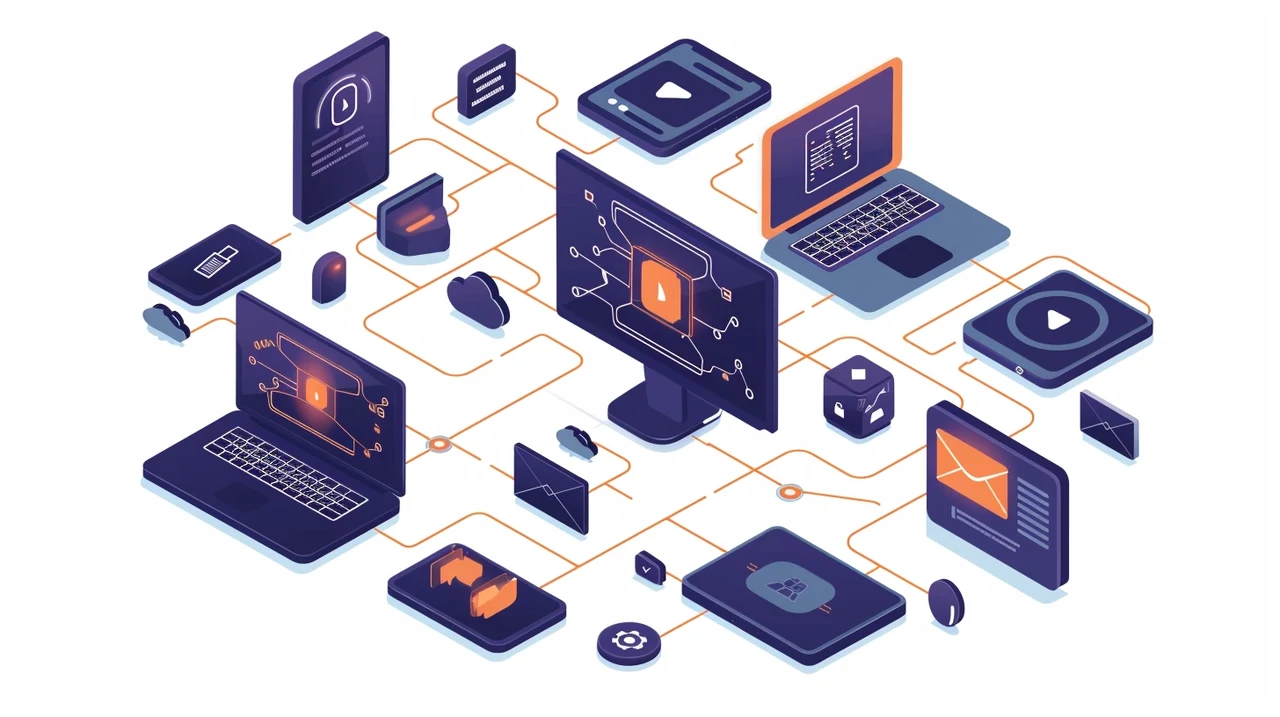
If you’re interested in learning how you can use Google Bard to build your very own AI personal assistants, AI agents and chatbots. This guide includes examples of how to set up agents with specific roles and requirements, using examples such as an agent for factual information and an AI tool that uses the artificial intelligence provided by Bard for simplifying complex topics.
Essentially pinned conversations or prompt templates that can be reused and refined for better interaction results. Josh Evilsizor has created a great tutorial that also covers the use of extensions to enhance the functionality of Bard agents, such as integrating with Google Flights and Google Maps for practical tasks like locating flights and finding top-rated coffee shops.
Artificial intelligence is rapidly transforming the way we communicate and manage our digital lives, and one of the latest advancements in this field is the introduction of Bard personal AI chatbot agents. These agents are designed to make online interactions more efficient and to help users save time by providing quick and accurate responses to their queries. They are highly customizable, allowing users to tailor them to their specific needs, whether that’s for business, personal organization, or creative projects.
Bard personal AI chatbot agents are essentially virtual assistants that can perform a variety of tasks. They can deliver precise information, break down complex topics into understandable language, and even assist with creative processes like drafting video outlines. Their integration with platforms such as Google Flights and Google Maps makes them particularly valuable for planning and organizing tasks, making them a vital tool for anyone looking to enhance their productivity and digital engagement.
Creating personal assistants using Google Bard
Creating a Bard agent begins with defining its purpose. You might want it to provide factual data or to explain difficult concepts in a way that’s easy to grasp. The process involves setting up pinned conversations or prompt templates that can be used repeatedly. This means that the more you use your Bard agent, the more efficient and accurate it becomes, as it learns from each interaction.
Here are some other articles you may find of interest on the subject of Google Bard :
For example, if you’re working on a video outline and need feedback, a Bard agent can be programmed to review your draft and provide suggestions. If you’re planning a trip, a Bard agent can quickly gather all the necessary information by integrating with Google Flights and Google Maps, saving you the trouble of visiting multiple websites or apps.
The capabilities of Google Bard agents can be further expanded by adding extensions. These extensions can help with a variety of tasks, from scheduling meetings to managing emails, allowing you to customize your Bard agent to suit your unique requirements and preferences.
The core benefit of Bard agents is their ability to save time and provide enhanced responses to prompts. With ready-to-use conversations or templates, you don’t have to start from scratch for each new task. This streamlines your workflow and ensures that you receive consistent, high-quality results from your agent.
It’s important to interact with the content provided by Bard personal AI chatbot agents. Engaging with the content by sharing your experiences, commenting, and subscribing to updates not only helps improve the agents but also builds a community of users who benefit from these advanced AI tools.
Google Bard
Bard is a generative AI chatbot designed by Google, trained on a massive dataset of text and code. This means it can not only understand and respond to your questions and requests, but it can also generate creative text formats, like poems, scripts, musical pieces, and even code. Think of it as a Swiss Army knife for words, with capabilities like:
- Answering your questions in an informative way: Need to know the capital of Mongolia? Bard has it covered. Curious about the latest scientific discovery? Ask Bard, and it’ll delve into the research for you.
- Translating languages on the fly: Breaking down language barriers is Bard’s forte. Communicate with anyone, anywhere, thanks to its multi-lingual skills.
- Unleashing your creativity: Stuck on a writer’s block? Bard can help you brainstorm ideas, write poems, or even generate scripts for your next video.
- Completing tasks with code: Need to write a simple script or automate a repetitive task? Bard’s coding knowledge can lend a hand.
Benefits of Using Bard:
- Boost your productivity: Bard can save you time and effort by handling tasks like research, translation, and creative writing.
- Expand your knowledge: Learn new things and explore different perspectives through Bard’s vast knowledge base.
- Get creative: Break through creative roadblocks and unlock your artistic potential with Bard’s help.
- Connect with the world: Overcome language barriers and communicate with people from all over the globe.
Uses of Bard:
- Students: Research projects, essay writing, and brainstorming ideas.
- Professionals: Presentations, reports, and creative content generation.
- Writers: Poetry, scripts, story outlines, and overcoming writer’s block.
- Travelers: Language translation, cultural insights, and itinerary planning.
- Anyone: Learning new things, exploring different perspectives, and having fun with language.
Bard is still under development, but its potential is vast. Whether you’re a student, professional, writer, or simply curious about the world, Bard can be your helpful and engaging companion. Give it a try and see how it can enrich your life and work!
Bard personal AI chatbot agents are an important resource for managing digital tasks and interactions. By customizing agents for specific functions, using extensions, and actively engaging with the content, you can improve your online experience, save precious time, and stay ahead in the world of technology. These AI chatbot agents are becoming an indispensable part of our digital toolkit, helping us navigate the complexities of the online world with greater ease and efficiency. Whether you’re a professional looking to optimize your workflow or an individual seeking to organize your personal life, Bard personal AI chatbot agents offer a flexible and powerful solution to meet your needs.
Filed Under: Guides, Top News
Latest timeswonderful Deals
Disclosure: Some of our articles include affiliate links. If you buy something through one of these links, timeswonderful may earn an affiliate commission. Learn about our Disclosure Policy.
![]()


















